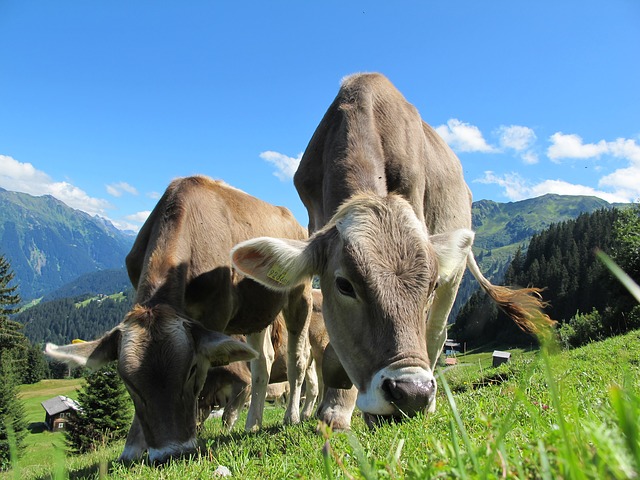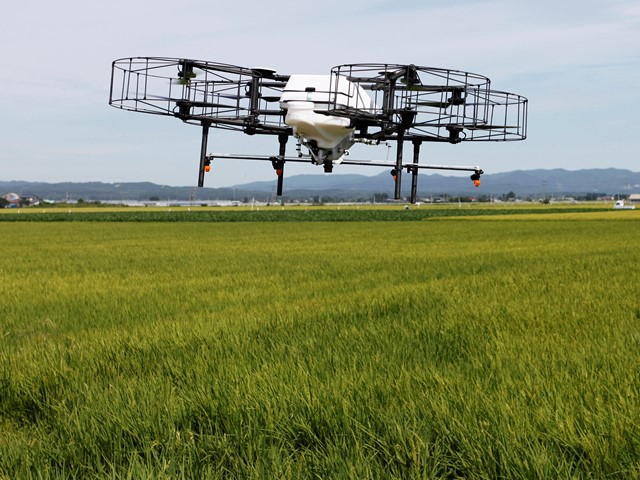One of the main metrics or focuses of much modern industrial agriculture has actually been return per acre, the measure of the amount of a specific crop able to be produced by an acre of land. A drive to increase yield has resulted in technological innovation and also increased production.
Nonetheless, return per acre is just one of lots of methods of determining the success or efficiency of a farming system, and also when we focus on it at the expenditure of various other metrics, we take the chance of optimizing return while producing a variety of covert expenses, several of which can be disastrous.
Amount vs. Quality
Among the most apparent point to endure under a system that enhances return at the expenditure of all else is high quality. Top quality can be noticeable when discussing a plant that individuals straight eat in entire type, particularly fresh fruit like strawberries. But in other instances, such as feed corn, forage crops, or plants that are utilized as basic materials for refining, such as refined into oil, starch, or sugars, it is less apparent.
The locations in which high quality normally suffers most is in foods that are not straight eaten in entire type, because the high quality is less noticeable. In the case of pet feed, the animals are typically not kept track of for their selection preferences (pets frequently do show choices for one set of feed over one more, if you give them the option and also thoroughly observe them), so even if the capacity for checking quality is there, it typically is not done.

Quality therefore suffers. One example of a way in which high quality can impact people, even when it comes to pet feed, is with fat account. For example, corn is extensively made use of as an animal feed in the U.S. For instance, open-pollinated corn (the standard type of corn where each plant is genetically special as well as the seed is gathered and also re-planted the next year) has a much healthier fat profile, and better anti-oxidants, than hybrid corn, and also produces animals with a healthier fat profile, which are hence healthier to consume. However due to the fact that hybrid corn produces a higher yield per acre, maximizing for yield creates top quality to experience– and in this case the quality remains in the meat or milk produced from cows fed this corn.
Ecological impacts
Concentrating on yield per acre can likewise cause increased injury caused to the setting by the farming system. For instance, the majority of standard plant systems have hedges or buffers of trees between fields of crops. Eliminating these can offer a small amount of added come down on which crops can be expanded, as well as can also a little boost the yield along the borders where the trees would partially shade the plants.
However, getting rid of these wild boundary locations can ruin biodiversity. As the trees are better at holding dirt than annual crops, eliminating them can raise disintegration and soil loss. The wild locations can additionally be buffers for natural killers of insect bugs, and eliminating them can increase the requirement for pesticides, which themselves have negative ecological influences.
Getting rid of buffers along streams or drain ditches is specifically damaging, as these barriers take up nutrient drainage from agricultural fields, and also lower the danger of flooding downstream. Flooding can damage other crops downstream, and nutrient pollution, besides hurting the atmosphere, can likewise damage fishing markets downstream. The result, when seen holistically, does not even make good sense from a financial viewpoint.
In summary
Yield per acre is only one measure of the success or health of an agricultural system. Attempting to enhance yield without taking into consideration other elements like high quality or ecological influence will unavoidably cause hidden expenses, and also a decline in both setting as well as the high quality of your crops. One of the most financially and also ecologically lasting version for farming innovation is one that considers yield per acre only as one aspect among numerous, balanced versus other metrics, to holistically examine the success or health and wellness of an agricultural operation.




